by Dan Kennedy, Kumveka Executive Director. He's helped dozens of ministries craft compelling taglines.
In architecture, entryways set the tone for how you experience a home. The width of the door. The lighting. What you first see. What you hear. You get an immediate sense of who lives there.
Entryways make the next step inviting and obvious.
Taglines work in the same way for an organization. At their best, taglines usher us in. They compel our audiences to want to know more, to take the next step. At their worst, they confuse, bore, and ultimately repel people we most want to engage with.
So, what goes into creating a strong tagline?
First, let's define our terms. Taglines are a phrase that should be the starting point to every conversation about your brand. Some call them mottos. For this conversation, let's also delineate that we are not talking about a shorter-term campaign theme or slogan. Taglines can and should evolve (just as brands should) but their lifespan should be years, not months.
Tagline we crafted for Asheville Christian Academy.
Second, let's get specific on the upside of a strong tagline for you and your organization. It starts with alignment. A strong tagline can serve as a powerful alignment tool beginning with your leadership team, and extending throughout your entire organization.
After its use as a leadership tool—and, as a result, a healthy filter for people to opt in or out—it should function as a rally cry. You should be able to hold it up and say, "This is what we are about [alignment]. If you aren't on board or can't get excited about this, you might be in the wrong place [filter]. If this connects with you, let's go! [rally cry]"
And finally, how will we know we’re successful? At Kumveka, we’ve identified three primary criteria: strategic, technical, and execution.
Strategic
Strategically, it must be a function of strong and intentional brand strategy, the key components of which are: founded on your organization's vision and mission; a clearly identified target audience (and a robust understanding of them as real people); a compelling promise with the proofs to back it up.
Tagline we crafted for Serge (formerly World Harvest Mission).
Tagline we crafted for Elijah House Academy.
Technical
Technically, there are a litany of requirements, but the big ones I would press upon you are being:
Accessible vs. accurate. Keep what your audience needs front and center. (Check out Made to Stick by Chip Heath and Dan Heath for more on this concept.)
Short. More than 5 words and I lose my mind.
Distinctive. Be bold—when is the last time you remembered a tagline? I bet it did not include the words "equip," "engage," or "empower."
Tagline concept we crafted for Generous Giving.
Our very own tagline, crafted by yours truly.
Execution
Execution of a tagline cannot be underestimated. The fastest car on the race track is worthless if not driven with expertise over the entire course of the race. Simply slapping your new tagline on a website or brochure is not sufficient. If it truly represents the brand strategy, there should be a plan in place, starting with an internal rollout and equipping of your people (one tool we love for this is a Talking Points 1-pager with FAQs). The plan should also account for the influx of new people and become part of the onboarding process for anyone who will represent your brand.
Throughout this post, you’ll find a few examples of organizations we've helped develop strong taglines. Each one is a story in and of itself.
How strong is your organization's tagline? What are other examples of strong taglines you've seen?
Learn more:
Your brand architecture can also be used as a leadership tool.
Thinking about a new tagline? Here's how to choose an agency partner to help.
If a new tagline is part of a larger rebrand project, discover how to best navigate this big change.









